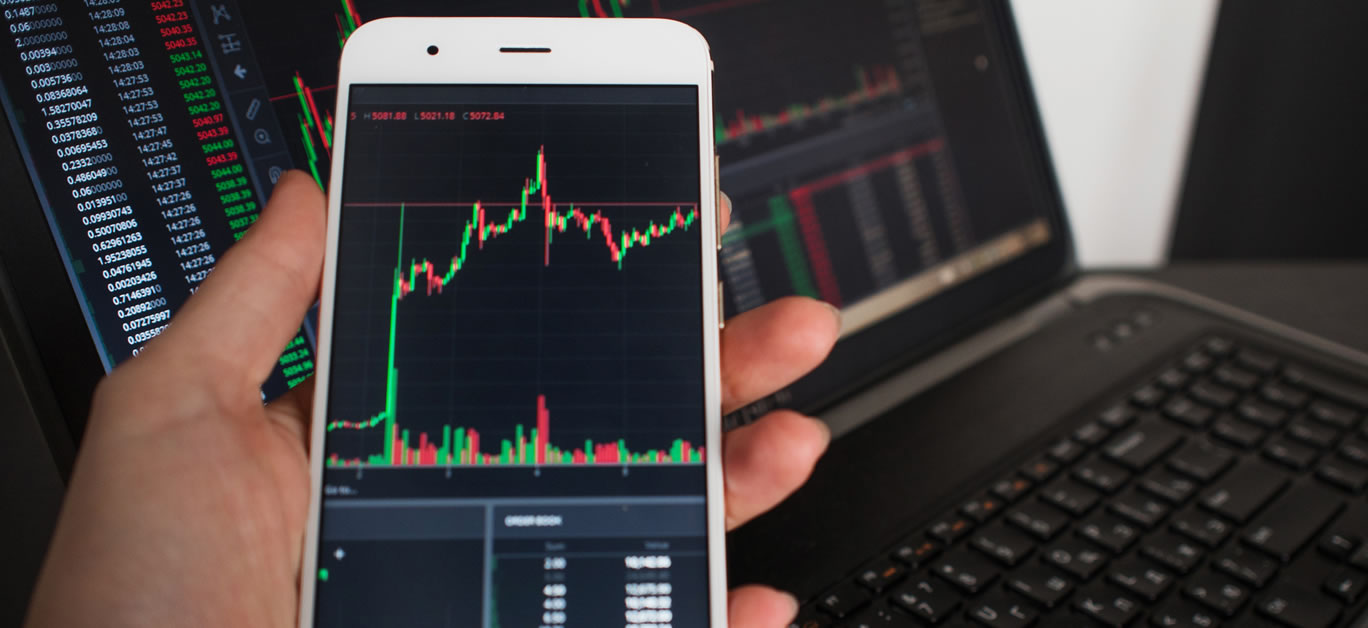If you are a regular reader of Luxury Lifestyle Magazine, you will know that we are fascinated by cryptocurrencies. From the core cyberpunk philosophy behind a decentralised digital currency, to the generation of the newly minted Bitcoin millionaires, the blockchain revolution is an incredibly intriguing concept.
Many of these overnight millionaires accrued their wealth by trading their cryptocurrencies at the right time, capitalising on early volatility in the cryptocurrency market. As an asset class that is not gold or government-backed, the cryptocurrency market is ripe for the picking when it comes to intelligent trading, which has led to the development and rapid rise of trading software collections.
In this article, we explore how these programmes work.
OK, Computer
In principle, cryptocurrency trading software, or ‘bots’ as they are commonly known in the community, are computer programmes designed to automatically buy and sell a range of cryptocurrencies based on certain market criteria with the goal of making a profit.
While simple in concept, the algorithms and technicalities behind trading software is anything but. Which makes sense, really, when you consider that the programmes, in order to work, need to make decisions and analyse the market more efficiently than humans do.

However, the advanced technology being deployed by companies and high net worth individuals means that cryptocurrency bots are often competing against other advanced bots in the market, which makes it a very competitive marketplace to try to automate a trading profit.
Depending on the programme, users will often have the ability to set rules and spending limits for the bot to adhere to. In many cases, bots provided to clients through brokerage firms will be instructed to base trading on risk-adjusted returns, ensuring that the client’s gains, although perhaps a little lower than best case, are sustainable and carry fewer risks.
I, Robot
For the most part, computers have a distinctly unfair advantage over humans in processing data, which makes them an attractive proposition for entry-level investors with limited understanding of the cryptocurrency market.
A programme can process information quick enough to make an algorithm-based decision in less than a second – which makes it such an attractive proposition to launch a trading portfolio from. These bots can do this 24 hours a day, seven days per week, all year round. Bots don’t sleep, eat, or procrastinate on Facebook. In addition, code-based trading eliminates the risk of human emotions or intellectual fallacies clouding our judgment. There are a number of well-known flawed human traits that all savvy investors should look out for, one common example being the sunk-cost fallacy – where investors continue to throw money at a situation in the hope that it will recover, due to the volume of capital already spent – often known as “throwing good money after bad.”
Algorithmic gymnastics
There are a number of incredibly complicated models of trading, depending on which software is used, but there are two main ‘entry-level’ algorithms utilised by many beginner traders using bots on the cryptocurrency market. The first of these is known, fairly intuitively as the ‘momentum’ or ‘trends’ approach, which was perhaps most evident during the Bitcoin boom of 2017, and the subsequent settling of 2018.
The algorithm is built around tracking the value rise of a certain currency, and predicting that it will continue to do so, so buying early. The other side of the momentum strategy surrounds tracking high value currency which is beginning to slide – and offloading it. Buy low, sell high. Simple enough?

The other common starter point for currency trading algorithms is known as the ‘mean reversion’ approach. In short, mean reversion takes a broader view of a currency’s value fluctuation over its history, and predicts that, on the whole, the price will always settle back at its mean value. This strategy enables traders to buy currencies when they are on the lower side of the mean, and sell when they are higher.
Utilising mean reversion strategies offers a better risk-adjusted return than the momentum approach, on average. However, the returns are often smaller than the big win potential on momentum trading.
The mean reversion approach has led to a number of subsequent strategies among cryptocurrency expert traders, including the notion of pairs trading. Pairs trading analyses the relationship between two currencies to identify patterns that can be exploited for gains.
For example, if fictional currency X is up, which almost always causes fictional currency Y to go down, a savvy trader can buy and sell these assets in tandem, which often results in a profit. This is also a well-known strategy on the stock market, where traders will often pair Apple and Microsoft stocks to make a profit.
Investing in cryptocurrencies carries risk, do so at your own risk and we advise people to never invest more money than they can afford to lose and to seek professional advice before doing so.






















